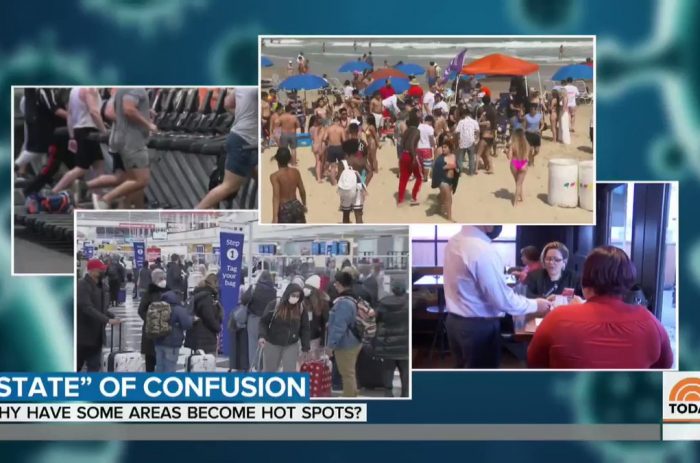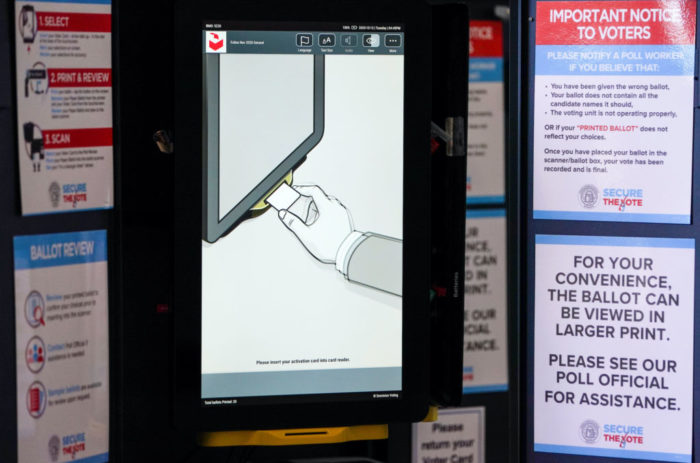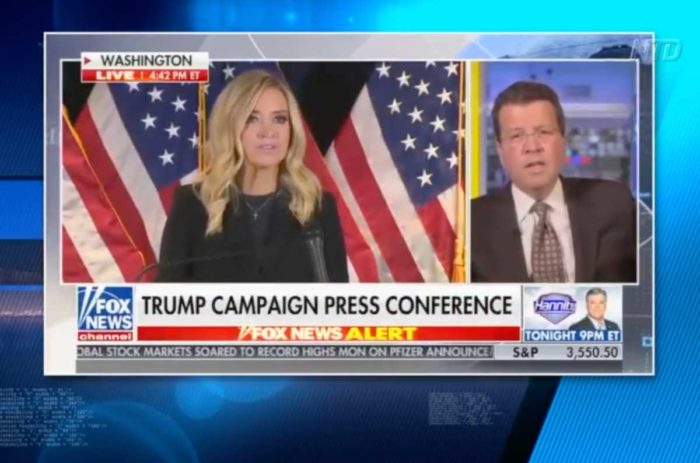redo Jump to...
print Print...
Directions
-Read the excerpt below from Tim Graham's Feb. 2nd report posted at Newsbusters.org.
-Read "Types of Media Bias" in the right column. Then answer the questions.
Few now remember that 1979 and 1980 [years during the presidency of Jimmy Carter] were the nation’s worst economic years since the Great Depression. President Ronald Reagan [who served January 20, 1981 – January 20, 1989] saved America from Jimmy Carter economics: he brought inflation down from 13.5 to 4.1 percent; unemployment, from 9.5 to 5.2 percent; the federal discount rate, from 14 to 6.5 percent. Under Reagan, the number of jobs increased by almost 20 million; median family income rose every year from 1982 to 1989. It was the greatest peacetime expansion in American history. Charitable giving more than doubled, to more than $100 billion in 1988.
But the media … ignored the good news and highlighted the bad news. In a study of almost 14,000 network stories on the economy during three one-year time periods [all while Reagan was president] – July 1 to June 30 in 1982-83, 1984-85, and 1986-87 – Virginia Commonwealth University professor Ted J. Smith III found that as the economy improved, the amount of network TV coverage [on the economy] shrunk and grew more negative in tone. The ratio of negative to positive stories aggressively increased even as economic indicators improved, from 4.9 to 1 in 1982-83 to 7.0 to 1 in 1986-87.
When an economic indicator grew better, the networks began covering it less so they could focus more on unhealthy economic signs. For instance, as the unemployment rate fell from 10.6 percent to well under 6 percent by 1987, the number of stories on employment plunged by 79 percent while reports on the growing trade deficit soared 65 percent and stories on the homeless jumped by 167 percent.
The media had a theory to prove: Reaganomics was a dramatic failure.
- “But I thought from the outset that his ‘supply side’ [theory] was just a disaster. I knew of no one who felt that it was going to work, outside of a small collection of zealots in Washington and at USC – Arthur Laffer, Jack Kemp. What I thought quite outrageous was the business community, which for years carped and complained that it could never get a President sympathetic to its needs, finally got its champion, Ronald Reagan. Then, to its horror, it discovered that he was actually going to press ahead with supply side – a theory whose disastrous consequences businesspeople began desperately to prepare for, but did not publicly warn the rest of the country about. They knew it simply could not work. But what they did was look to their own little life raft and not to anyone else’s.”
– Tom Brokaw in an interview in Mother Jones, April 1983. - “As a practical matter, the homeless won’t get very far unless they can persuade a Republican to break with Ronald Reagan’s policies – or elect a Democrat.”
– Newsweek senior editor Tom Mathews in the March 21, 1988 issue. - “Underlying Flaws in Economy Mar Legacy of Reagan Years: Despite Successes on Inflation and Jobs, Problems of Deficits, Productivity, Wealth, Savings and Other Indices Cloud Outlook for Future”
– Washington Post headline, November 13, 1988. - “The boom years following World War II saw the U.S. economy take off, giving rise to the growth of the great American middle class. The rising standard of living meant homes, cars, TVs, college for the kids – all in all, a piece of the American dream. But in the Reagan years, economic erosion set in, so much so that the middle class now finds itself in ever-deepening trouble.”
– Bryant Gumbel on Today, January 22, 1992. - “In America in the 1980s, what former President Reagan and those who support him call the Reagan revolution put more money in the pockets of the rich. We already knew that. But a new study indicates that those who did best of all by far were the very richest of the rich.”
– Dan Rather on CBS Evening News, March 5, 1992.
Read the complete post at newsbusters.org.
To accurately identify different types of bias, you should be aware of the issues of the day, and the liberal and conservative perspectives on each issue.
Types of Media Bias:Questions
NOTE: Sunday, (February 6th) was the 100th anniversary of Ronald Reagan’s birth. “Reaganomics” is a term which refers to the economic policies promoted by President Reagan during the 1980s. The four pillars of Reagan’s economic policy were to: 1. Reduce government spending, 2. Reduce income and capital gains marginal tax rates, 3. Reduce government regulation, 4. Control the money supply to reduce inflation. Most Democrats/liberals will say that Reaganomics was a failure, whereas Republicans/conservatives say it was very successful. The issue here is not what you think of Reaganomics, but whether the media was biased in its coverage of Reagan’s policies.
1. Do you think the explanation and quotes below demonstrate bias by the media against President Reagan’s economic policies? Explain your answer.
2. Ask a parent the same question.
Scroll down to the bottom of the page for the answers.
Answers
1. Opinion question. Answers vary.
2. Answers vary.



